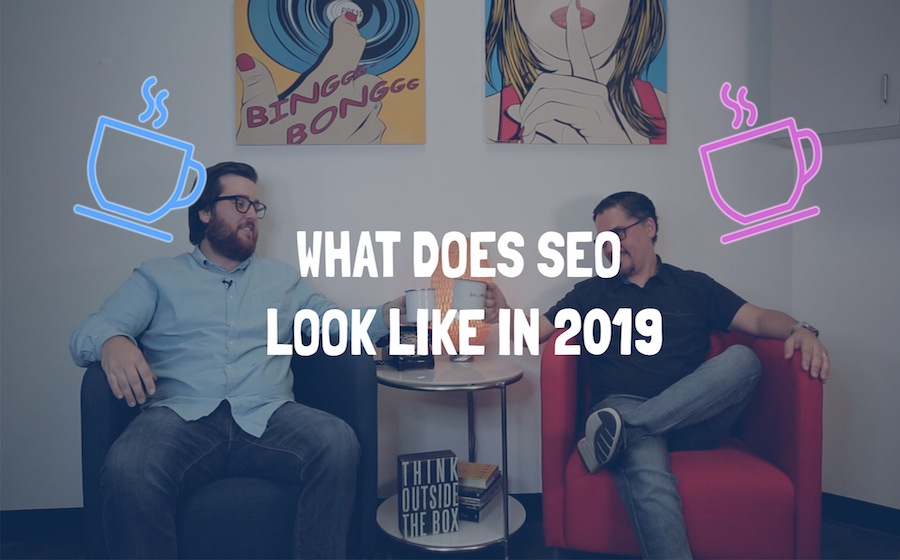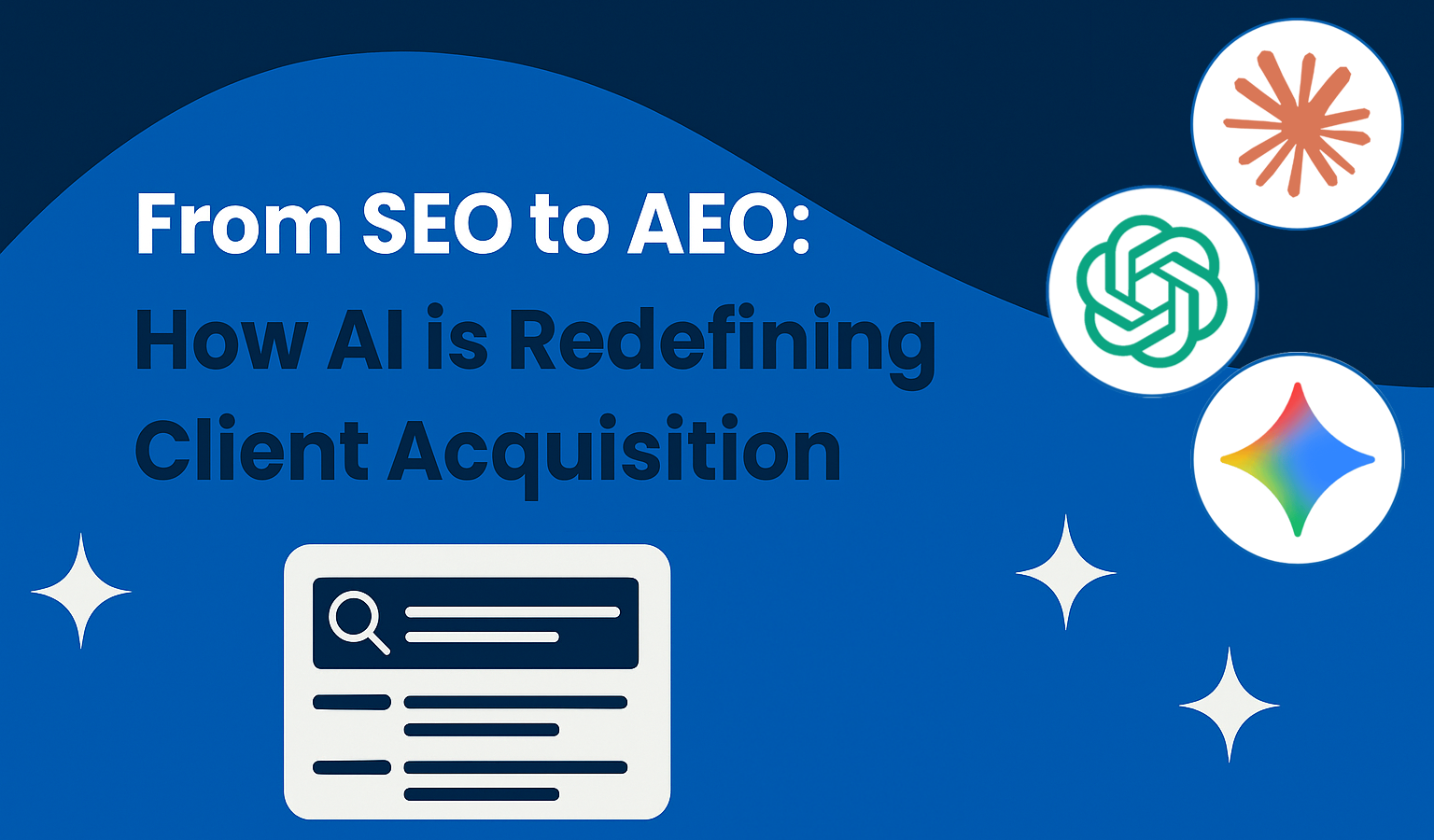SEO is always changing. As soon as you think you’re caught up, you’re behind again. This means that you must adapt to the changes as they come or your site will be buried. The first step to a successful SEO strategy is to stay connected to SEO resources that can keep you up to date with the latest trends and techniques. You don’t want to be an SEO expert yesterday!
Technical SEO
Technical SEO is exactly that: very technical. These are a collection of smaller things that result in big dividends. Here are some of the technical SEO settings you should work on:
Page titles: The title of your webpage and what’s displayed as the clickable link on a search engine results page (SERP). Page titles are a significant reason why your website page shows up in SERPs. Make sure your title is relevant and click-worthy.
Meta descriptions: A brief description of your web page that will display below the link on a SERP. Your meta description is a brief pitch to your audience to get them clicking through and engaging with your content. Don’t take your meta-descriptions for granted.
Alt-text: Let Google know about an image and what’s in the image. The alt-text doesn’t have to be overly descriptive but there is no character limit when it comes to alt-text, so as long as it's relevant to the image be as descriptive as you want, using as many relevant keywords as you can. This will be taken into consideration and will help you rank your images as well.
Keywords: Adding keywords to your page or blog for words that you want to pull traffic from. Keyword research is important to understand the opportunities you have to come up on the first page of google. Don’t focus only on the keyword, think about the intention behind the keyword. What are users trying to find by searching for keyword x, y, or z? You can use tools like Moz’s keyword explorer, Ahrefs, SEMrush, search console, and many more.
301 redirects: As your site evolves and pages are added and removed, be sure to keep up with redirecting old page links to new relevant pages. Google rewards websites that offer their users a positive user experience. Clicking through to a 404 page is not a positive experience.
Submitting your site map: Submitting a sitemap to Google helps Google understand the organization of your website. It’s important to give them a clear path for how your website function to rank for what you want.
More information about technical SEO in our SEO guide.
Local SEO
Local SEO represents your presence on local searches. Things like appearing in a search on Google Maps, Yelp, Facebook, and other location-based directories. It’s the factor that decides whether or not you show up when someone searches “Restaurants near me” or “Car Repair Sarasota.”
How do you get your business noticed in local searches?
- Speed (UPDATE): The most important thing you can do today to improve your SEO is to decrease your loading speeds. Here’s a Google tool to test your page speed. We also use Pingdom Tools to find out where the problems are and optimize website pages.
- Consistency in Citations (Directories): Make sure your business’ information is consistent across all the directories. Information like phone number, Url, zip code, and address need to be the same. You can use tools like Bright Local or Moz Local to manage these citations.
- Verify Your Business: Along with creating a Google My Business account, you must work with Google to verify your business.
- Reviews: Getting positive customer reviews has a big impact on your ranking on Google. And it’s not just about Google reviews, it takes into account reviews from many websites, also.
- Google Posts (NEW): When you’re business shows up on Google with your local entry you’re given space to give information through the new Google Posts. This could be a recent blog, link to your landing page, or anything you want to show off. Be sure to make use of this space because anytime you can get space on Google you take it.
- On-page Content tied to Local Keywords: Include localized keywords into page titles and sub-headers on pages. Write blogs that are specific to the community that your business serves. Google will show your page content when people are searching for relevant topics in their area.
Link Building
The practice of link building is essentially building a network of links that scour your website linking to different pages, as well as building relationships with industry experts and partners that reward you with links from their site content to yours. This is another way to show Google that you have good content on certain topics and you are an authority on those topics.
Links come in two forms:
- Internal: Links on your site (on a page, blog, video, etc.) that link to something else on your site. These links are what take you from page to page within your website. Internal linking is all about offering your site users a positive experience. If they land on your site because of an awesome video marketing blog you wrote, provide a path for them to move onto another relevant page about video marketing that they might find interesting.
- External: These are links that direct to your site from other sites. This shows Google that your content is so good, and you’re such an authority on a subject, that other sites are referencing your content. Ways to get these links are through social media, building partnerships with other sites, and just making great content that other sites might use.
Another good way to produce solid link building is by using Pillar Pages and topic clusters. These are pages (usually in longer form) dedicated to one specific topic that link out to more content related to that topic (usually blogs that touch on something more specific on that topic). It’s a great SEO tactic that also helps you organize content for your users. Instead of having multiple blogs scattered all over your site, create Pillar pages for your most important services and products; Then create more specific content around those pillars.
Don't feel like watching a video? Check out Coffee Talks in podcast form!
Schema
Don’t worry if you don’t already know what Schema is, most people don't. Schema is a set of tags used in HTML that act as helping hand for search engines when they crawl your site and put in on their SERPs. It helps guide the search engine to the information you want in the snippet that appears under your URL in those SERPs.
Keywords
Keywords are words you want to focus on and pull traffic from. Including these words in your content and website, in a conversational and organic way, will increase your presence when those words are searched. By understanding the intent behind the keywords, you’ll be able to create content that offers value to those searching for it, which will increase your site’s traffic and engagement.
SEO is the key to the heart of a search engine. Woo them with great content, the right links, and a lot of work. But that work pays off when quality traffic starts to flow in. Watch the full series now and check out last week's episode on redesigning and optimizing websites!


-1-1.png)


